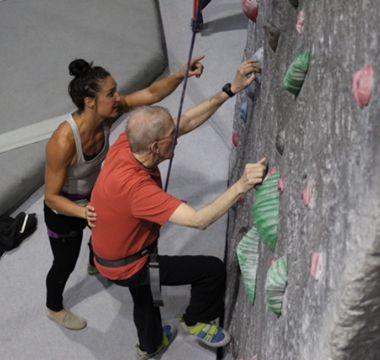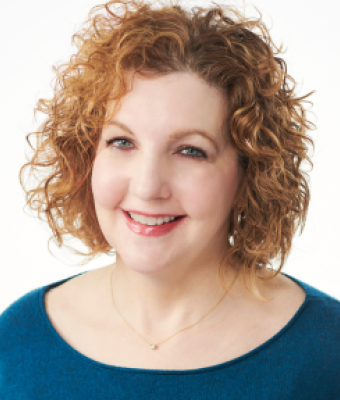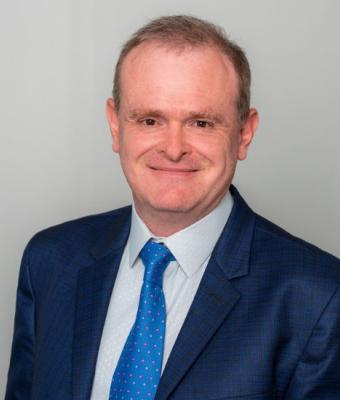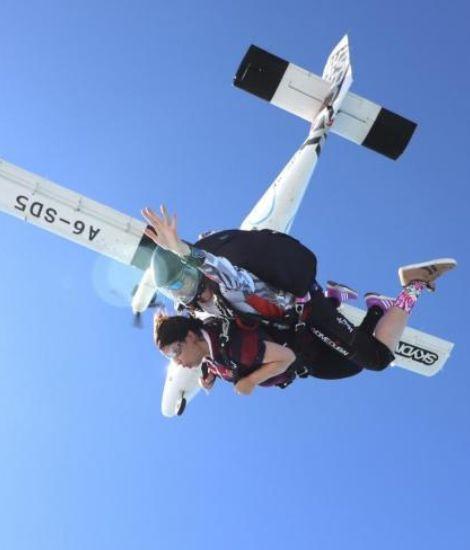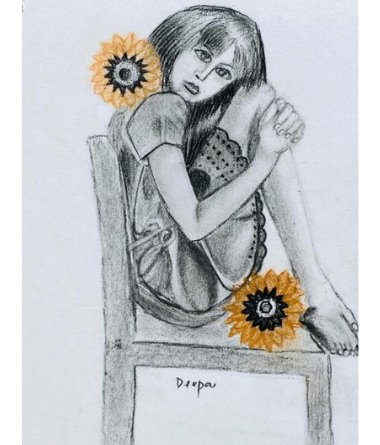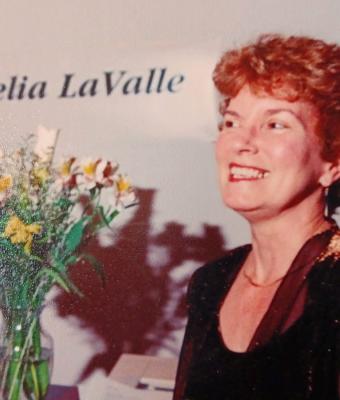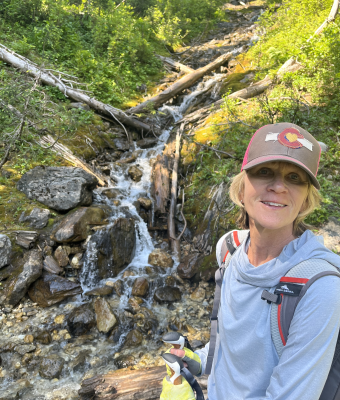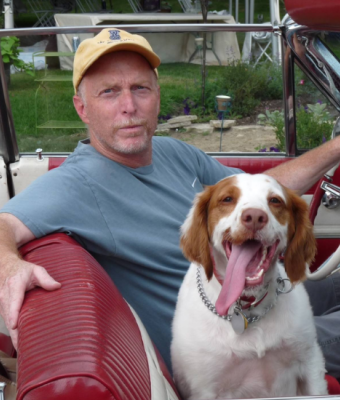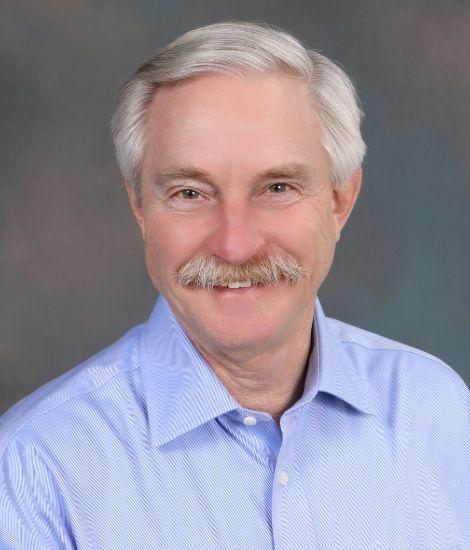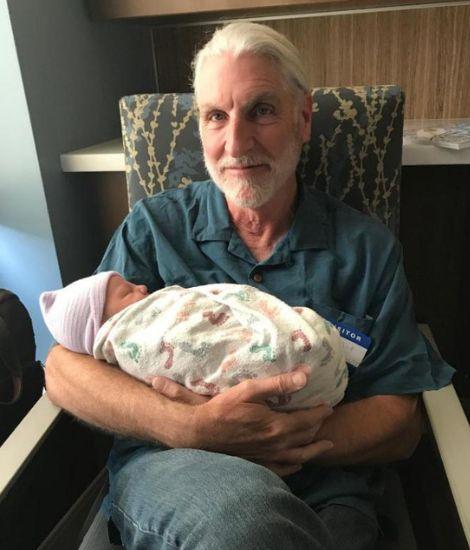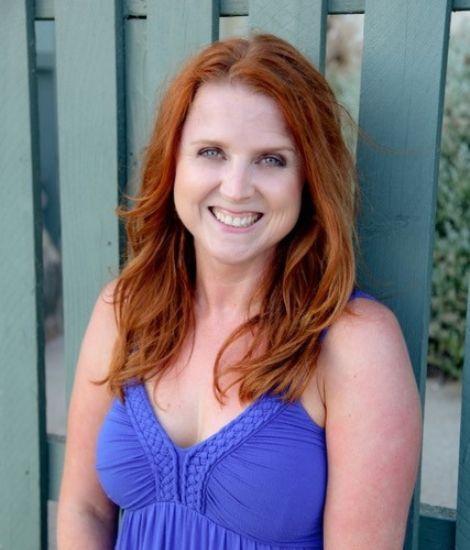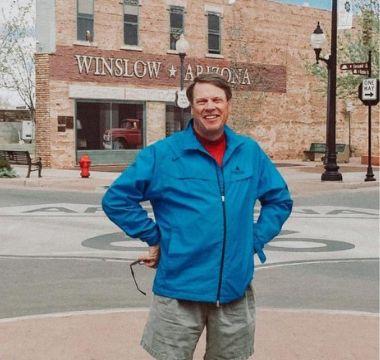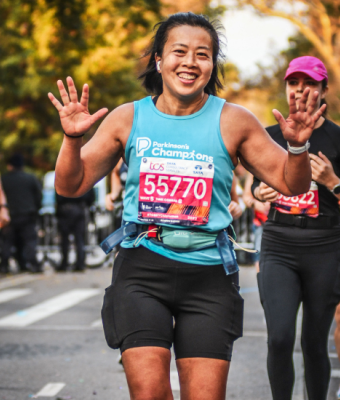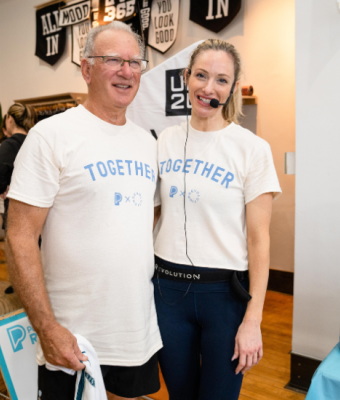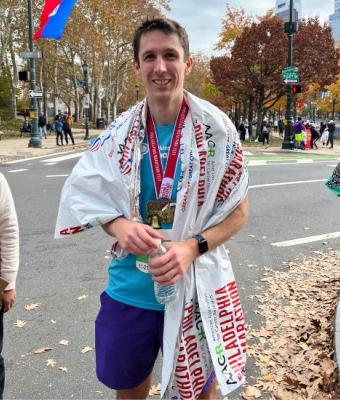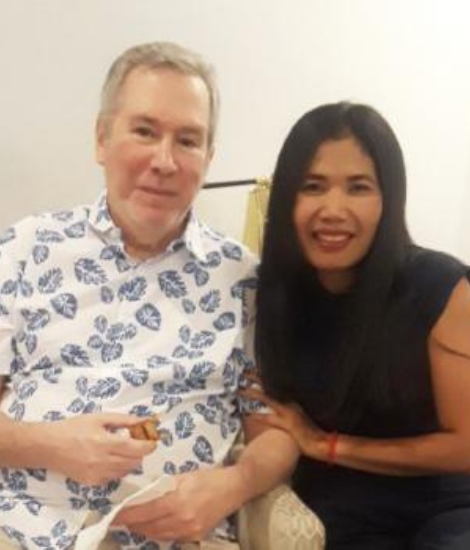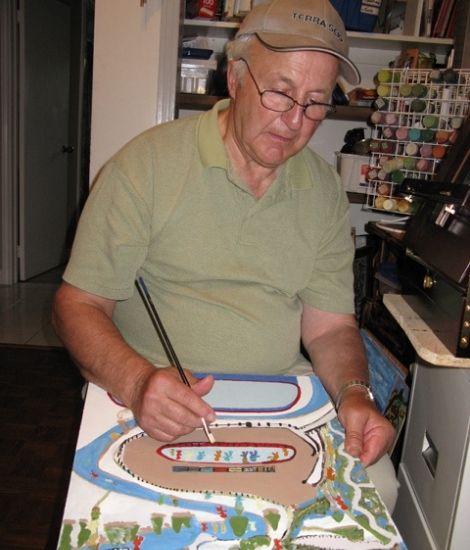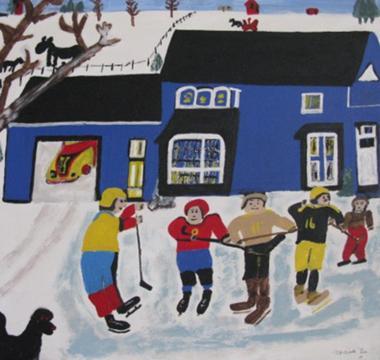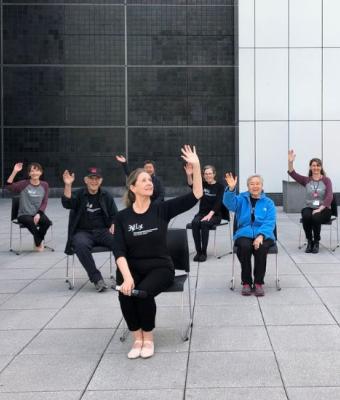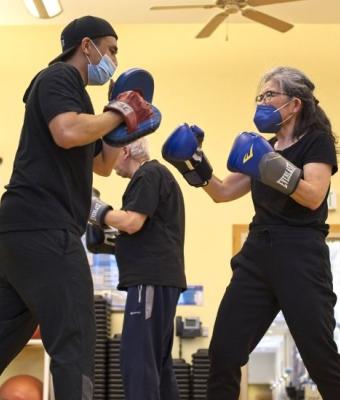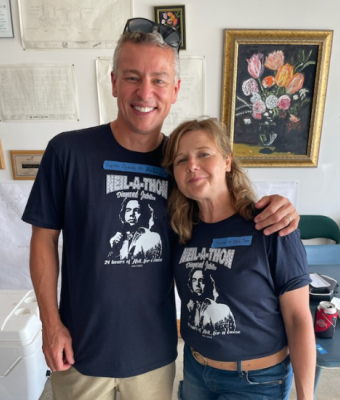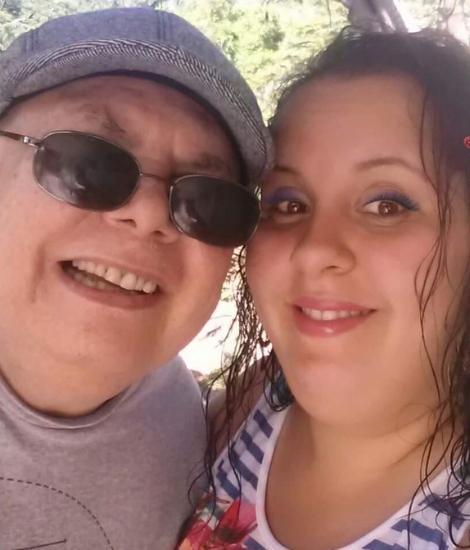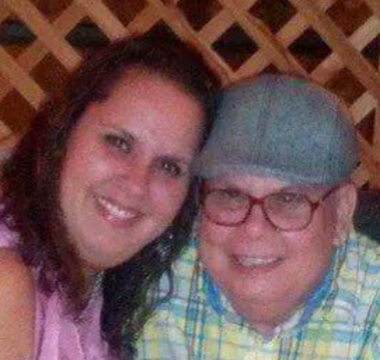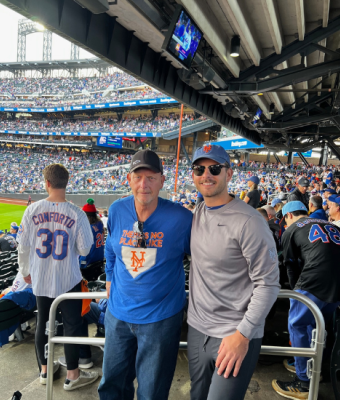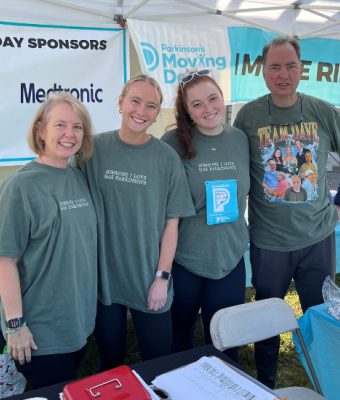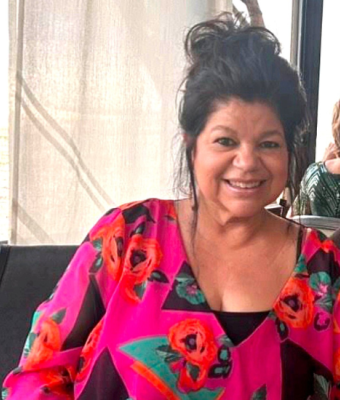Nan Nop Corrigan took a long, winding and rewarding path before she found her true calling: caregiving.
Today, she is a professional caregiver in the Washington, D.C. area. She grew up in a small village in the Chumkuri District of Kampot Province in Cambodia during the Khmer Rouge regime and its aftermath in the 1970s. She and her family personally experienced extreme poverty and the atrocities of war. As a young woman, she moved to the city, found work with an American journalist and was later sponsored by a family to come to the U.S. She has since worked as an administrative assistant, dental assistant and caregiver for families.
This is Nan’s caregiving journey:
In my culture, we believe that helping people with health issues brings blessings. I have seen so many people go through difficult diseases. When I see that they need help, I jump in. I feel blessed because of my work. Caring for and loving people with Parkinson’s disease (PD), or any disease, is very important to my patients, their families and me.
I learned how to care for people with Parkinson’s on the job. With an elder care background, I learned basic health care skills through experience. Wanting to help people has always been in my nature, so I earned my Certified Nurse Assistant certificate and Dental Assistant certificate. I feel lucky to have a career where I can help those living with serious health issues.
My first homecare Parkinson’s patient was a man whose wife is a registered nurse. She taught me a lot about the disease. I learned how to care for him by patiently observing and communicating constantly. When caring for a person with Parkinson’s, you must be strong, intuitive and empathetic. It is important to be open to learning continuously, not only from doctors and other expert sources, but also from the patient. There are some common characteristics of Parkinson’s, but each person is unique, so you must focus on the person, not the disease.
Motivation and Care
My techniques for motivating a person with Parkinson’s are based on listening and observing. Every person has different personality traits that are important to understand in order to succeed. These are the tips I’ve learned along the way:
- Stay positive. This is one of the most important things in caring for someone with Parkinson’s. Being positive and happy is contagious and a good motivator. Laughter is good for everyone. We laugh together all the time.
- Use fun words. I stay positive by using words that are fun. For example, I don’t say “exercise,” I say, “come and play.” Never demand, instead ask encouragingly, “Do you want to come and play ball? It will be fun!” If he resists, don’t judge. Ask again later.
- Highlight the benefits. Help your loved one understand the reason for doing things and speak openly about what she or he can do and the effect it will have. Reminders like moving will make them feel better by increasing strength, ability and energy to think more clearly. If the struggle lies in taking medication, explain what each pill is for and how it makes you feel better. If it’s oral care, explain that one minute using the toothbrush is much better than one hour in the dentist’s chair.
- Be flexible. You may want to take your loved one to the gym, but they may not have the energy to go. People with Parkinson’s may have energy one moment and be tired the next. Adjust your plans to suit your loved one’s state of being in each situation. Be consistent with encouragement and exercise, yet flexible.
- Exercise together. Having a partner to share the activity with is more motivating. Stop or change the activity if you run in to anger or fatigue. The person will feel safer and more in control if you recognize how they feel.
- Start small. One of my patients had great success and was able to go from wheelchair, to walking, to running in a safe space. In a gym exercise studio, we started with standing up from a chair using a ballet bar as I supported his back. Keeping constant physical contact while the patient holds the bar makes him feel safe. Gradually, he was able to take small steps forward. Over time, challenged him to take longer steps by placing an exercise block on the floor in his path, so he could lift his foot over and take a larger step. Always talk to your doctor about taking on new exercises.
- Focus on nutrition. I try to keep an eating schedule to help patients feel comfortable. I make healthy meals with lots of fresh fruits, vegetables and lean meats. It is important to enjoy mealtime and the food you eat, so I am very patient during meals because it can be a slow process. I also think it’s important to give small healthy snacks, regardless of the time of day, because it helps with focus. Drink fluids throughout the day to stay hydrated, which can be a problem for people with Parkinson’s. I keep water glasses near favorite chairs.
- Move every day. As often as able, move to increase strength, mood and confidence. We complete little chores and errands like getting the mail or cooking together, which all help to improve motor skills. Don’t command, encourage.
- Try new games. Playing games and doing physical tasks in a fun, supportive environment gives the patient something to look forward to. Experiencing the accomplishment of increasing your physical skills can make you feel more inspired and optimistic. Try movement games, like tossing a soft ball while seated.
A Day in the Life
Every day is different and depends the person with PD’s state of mind and alertness. In the morning, I let my patient decide what he or she wants to do: get up now or later. Sleep is very important. Only get the patient out of bed when he is bright eyed, and his conversation makes sense. This is for the patient’s safety and yours, so that no one falls or is hurt. Usually, I give the patient a small snack such as yogurt a mini bagel or juice in bed, so he has the energy to wake up and focus.
After he’s up I make sure he has a shower and his teeth are brushed. I have found that keeping the patient fresh and clean every day helps him to feel better about himself. Keeping regular bathroom habits is important and requires patience and sensitivity to the person.
Daytime activities include as much movement as possible throughout the day, watching TV, movies and news programs that we can discuss together, listening to the patient’s favorite music, telling stories and making jokes.
Some people with PD experience confusion, accompanied with worry and sadness. If your loved one is confused and wants to find something, simply say, “OK,” and stay positive. If your loved one is hallucinating, encourage them to do a movement activity. With bad dreams, use a soft voice and call his/her name quietly, or sing softly. For everyone’s safety, don’t rush the patient to wake up right away. Gentle massage of the hands and/or head are effective.
Be careful with medications. Over-medication can easily occur, so it is very important to tell the doctor exactly what questions or concerns you have. Discuss everything with the doctor and immediate family. Pay attention to the doctor's instructions about the medication schedule and follow it.
Caregiver Advice
- Remember why you are there to help the person live as happily and comfortably as possible. Pay attention 100%. Do everything together. Don’t let them feel that they are left alone.
- Respect the person and the life they have lived and are now living. They are facing great challenges.
- Work with family members and communicate a lot to inspire confidence and help them feel included in the process and care of the patient.
- Be who you are. Remember, when you are happy, it makes those around you happy.
Hiring Outside Help
I recommend families look for professional caregivers who are caring, loving and flexible. Avoid changing staff a lot or having too many caregivers at one time because it can cause confusion and anger. Continuity is important and remember to work together so that everyone feels safe and confident.
Based on her extraordinary work as a caregiver, Nan inspired the son of a woman she cared for to start a charity that gives back to Nan’s Cambodian home village, where her mother and siblings still reside. Nan, along with friends and supporters of The Chelly Foundation have raised funds to build a library at the local high school, support clean water projects, along with other education and health programs that improve the lives of children.

